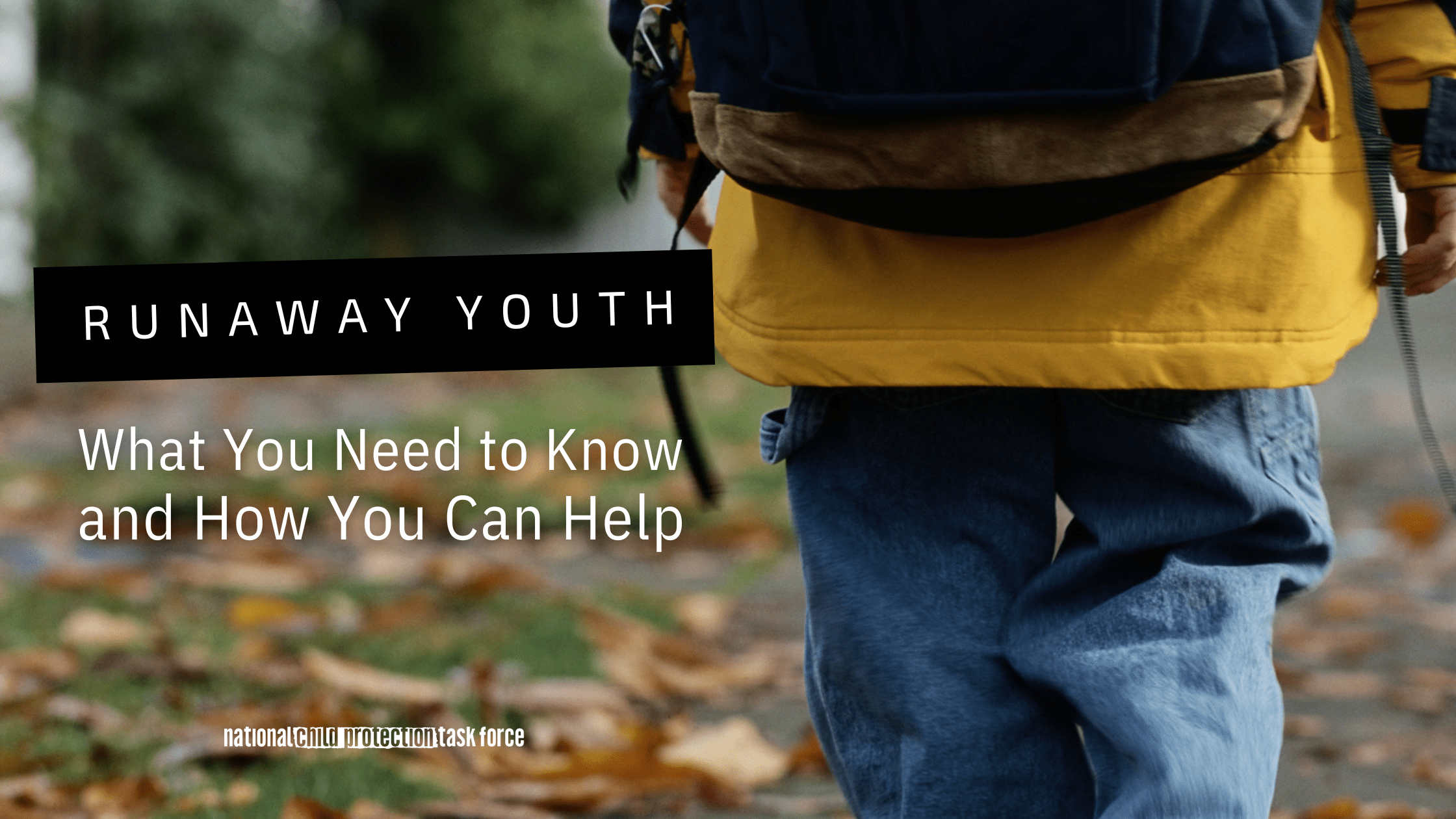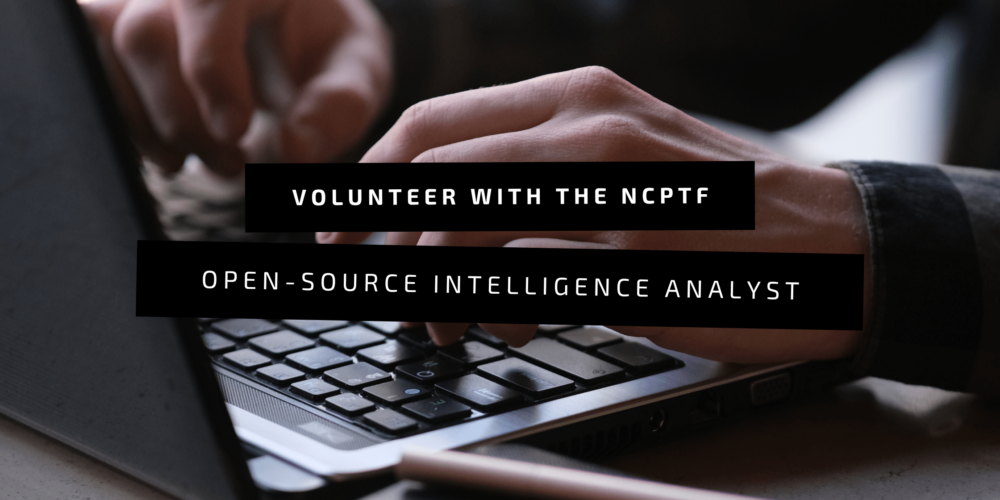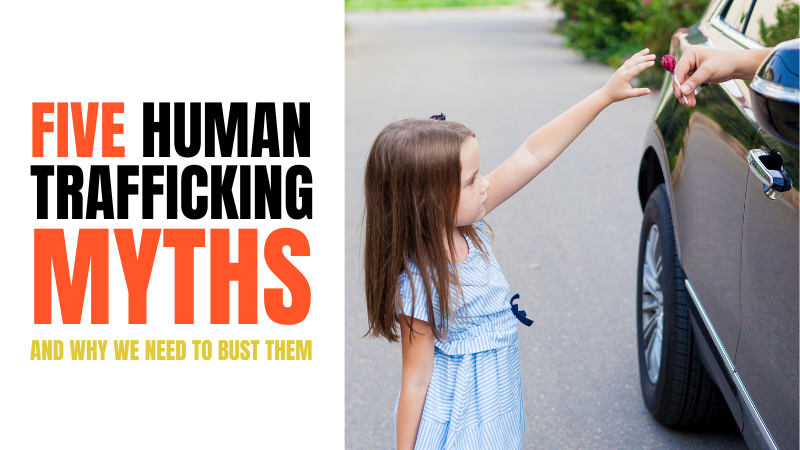
Melissa Kaiser is a licensed social worker with over 15 years of experience specializing in anti-human trafficking, trauma-informed care, and officer wellness. A nationally recognized trainer and consultant, Melissa has trained over 13,000 professionals and developed key programs in North Dakota, including the state's human trafficking response protocol and Victim/Witness Program. Melissa is passionate about fostering team development and addressing secondary traumatic stress in high-pressure environments.
Let’s begin with a simple activity:
When you think of the word “juvenile,” what comes to mind?
What about the word “child”—what do you envision?
Now, when you think of the word “runaway,” what images come up?
And finally, when you think of the words “missing child,” or "endangered" what do you picture?
All of these terms can refer to the same youth. However, based on our assumptions or the narratives we hold, we either visualize a child victim in need of assistance or label them as a bad kid who chose their circumstances.
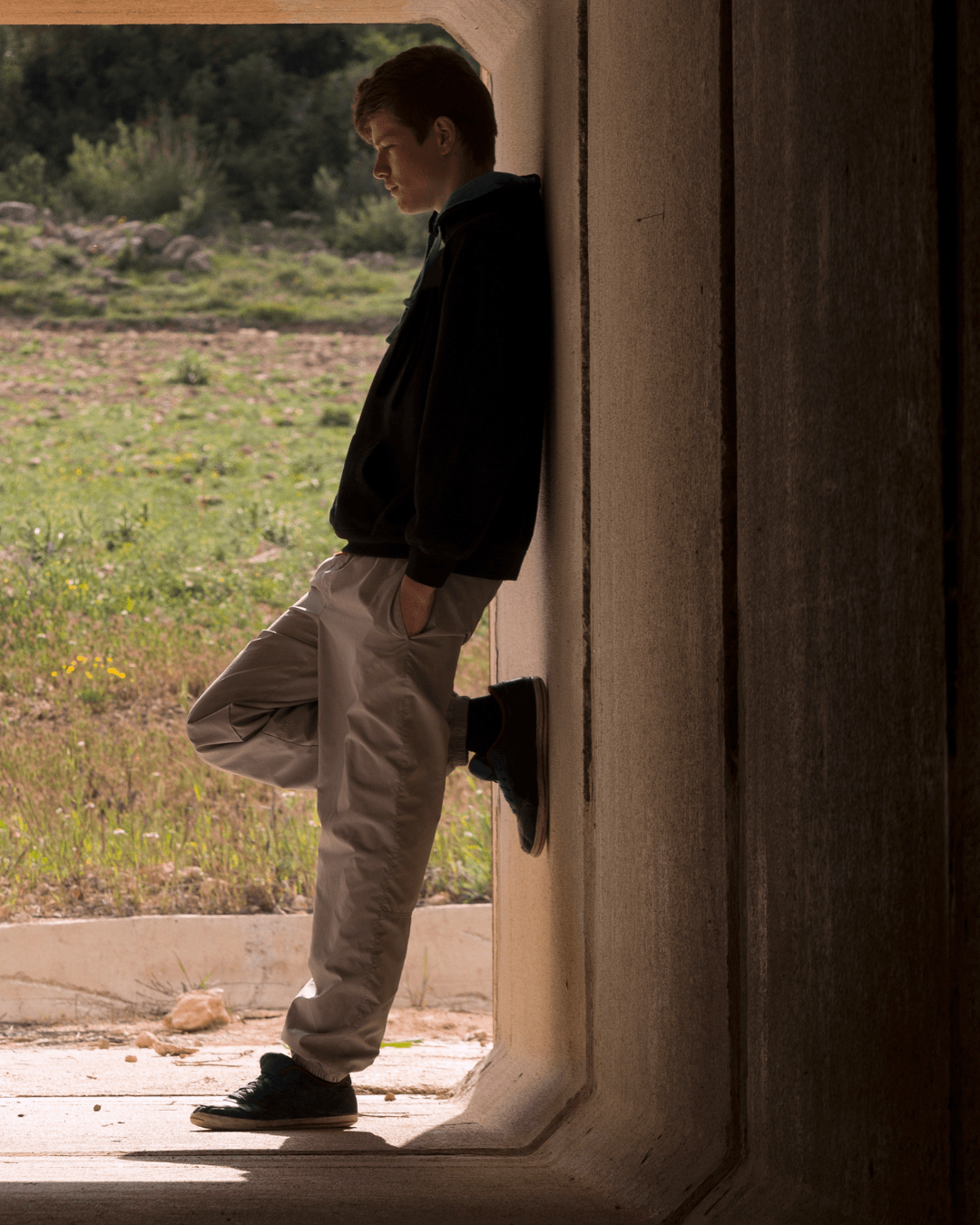
The bottom line is, all children and youth are worth protecting. They learn from their surroundings and they seek an outlet for their hurt, anger, and need for validation. They are still developing with biological factors at play, which can lead to impulsive and poor decisions. Instead of placing blame on youth, our goal should be to understand them.
And in my experience having worked with many runaways over the last fifteen years, they either run away from something or run to something else.
These youth are all around us, often unseen, misunderstood and written off as troubled. But behind every juvenile who runs away, there is a story that involves pain, fear, confusion, and survival. They oftentimes leave environments where they do not feel safe or loved, because the pain of being on their own and enduring any potential traumas that come with running away can be easier to bear than the trauma that they understand in the lives they run from. And sometimes, there is no pain, but predators sitting on the other side of a computer screen who lure children by giving them attention.
As a society, it’s too easy to see runaway youth as "delinquents" or "rebellious juveniles" who are making poor choices. But what if we stopped and looked a little closer? What if we saw their so-called "bad behavior" not as defiance but as a desperate attempt to stay safe in a world that has let them down?
Why Runaway Youth Deserve Our Attention
Imagine being 14 years old and feeling like the walls of your home are closing in on you. Maybe there's abuse—physical, emotional, or sexual. Or maybe the atmosphere is just one of tension, neglect, or even just feeling unseen. Truly imagine it before you continue proceeding; put yourself in a circumstance where this is happening to you. Arguments or conversations make you feel more isolated, and as days go on, you feel more unwanted. Eventually, you decide that leaving, even with no real plan, is better than staying in a place that hurts.
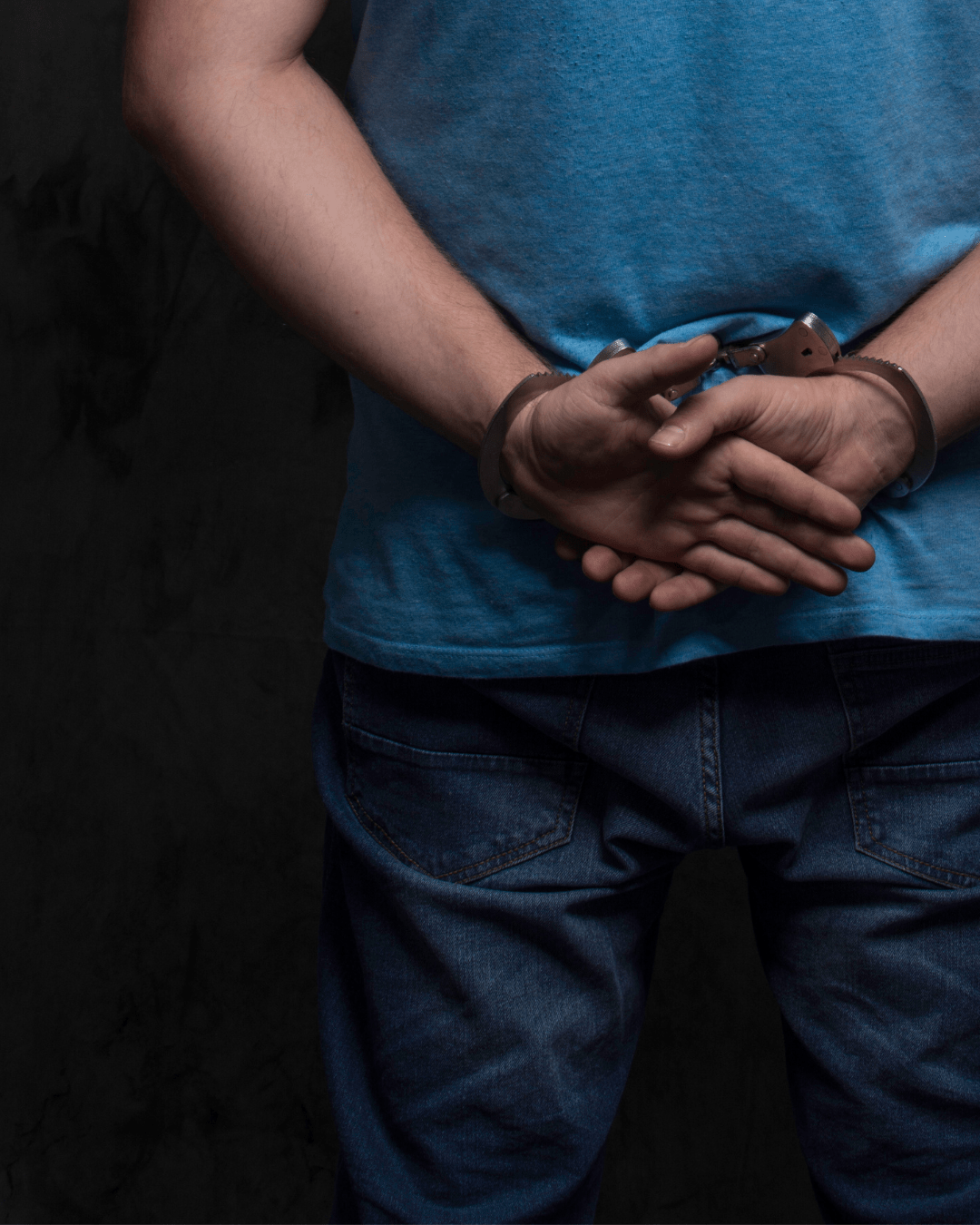
That’s the reality for many runaways. They leave because home no longer feels like home to them. But once they run, they face dangers far worse than many of us can imagine. No child deserves to experience those dangers. Yet, to them, it’s a risk worth taking. And when they make that decision, they don’t do it because they want to be "bad kids" or cause trouble—they do it because, in their minds, it’s the only way to survive and an opportunity to remove themselves from the pain and struggle they know.
Having seen a fair share of youth in handcuffs, it was the kids that were calm that saddened me most. It was like they expected to be in handcuffs; either it was nothing new or they had defeat in their eyes and an understanding it was their fate. It was the youth that did not fight and cause a scene that I worried about, because it was those kids that already “knew” they were bad.
Instead of judging or dismissing these juveniles, we need to recognize that they are victims of circumstances beyond their control. Their decision to run away is often the only power they feel they have. They’re not thinking about the long-term consequences. They're thinking about how to get through the next night, the next conversation, the next moment of pain.
Why They Don’t Come Back Home
We often wonder why runaway youth don’t return home. Why wouldn’t they just come back if they have realized the dangers of being out on their own? The answer is complicated.
For many, the same reasons they left still exist—abuse, neglect, or a home environment that makes them feel trapped. Going back doesn’t seem like an option when the problem hasn’t changed. There’s a deep-seated fear of returning to the same situation, or worse, facing punishment or rejection for leaving in the first place. We also need to consider the feeling of shame. I would argue that it is the most dangerous emotion, because it is with shame that we develop the idea that we are bad, versus guilt, which is we did something bad. Shame impacts a runaway’s decision not to come home, to disrespect authority, or not to come forward with their abuse. When we have shame, we feel like we are the problem; we are unforgivable, therefore self-sabotage is the best option.
Some runaway juveniles find temporary relief on the streets—whether through couch surfing at a friend’s house or finding someone who offers them a place to stay. These distractions, along with self-medication through drugs and alcohol, often complicate their circumstances. Unfortunately, such situations frequently lead to exploitation. From the juvenile’s perspective, however, these alternatives are still preferable to returning home, trapping them in a cycle that becomes increasingly difficult to escape.
For youth who leave home for a love interest or an online relationship, the situation becomes more complicated. When youth feel loved or like they belong to something, they may sacrifice everything for that connection. From safety to basic needs and to other social connections, youth sacrifice those needs and prioritize the relationship with the person who makes them feel seen. The desire to be loved and accepted is a fundamental human need, and youth, in particular, are more vulnerable to this craving for love and belonging.
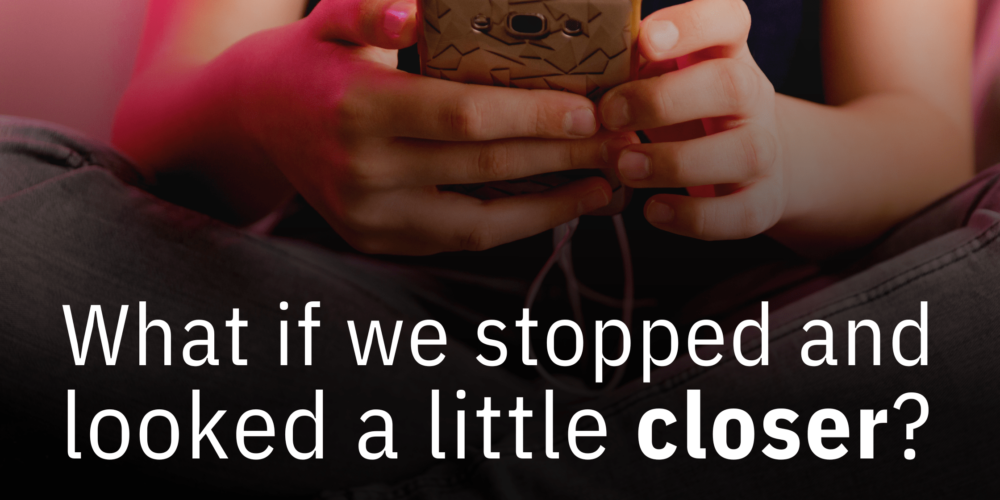
Seeing the Behavior Behind the Choices
When we label runaway youth as "bad kids," we rob them of the chance for healing. We make their actions about defiance, rather than seeing their behavior as a symptom of something deeper. Acting out, running away, shutting down emotionally—these are all ways of staying safe in their minds. They’re doing what they can to survive in a world that feels threatening and unpredictable. Or in a world that their offender nurtures the belief that, “it is us against the world”.
Once we start seeing the behavior as a form of protection, we understand that this is the way youth navigate dangerous or emotionally unbearable circumstances. When we approach youth with a gentler mindset, we can ask the question, "How can we make you feel safe enough to stay?"
Many years ago, at my place of employment at the time, I was on-call when I had to respond to a youth male in distress. He had started destroying the youth shelter property, making staff feel unsafe. Oftentimes when this happened, law enforcement was called and youth were taken to juvenile detention, with a new charge to add to their ever-evolving criminal record. There are times when that is necessary and warranted. However, we lose the opportunity to connect with youth when we react too quickly, making assumptions and letting our compassion fatigue take over so we can clock out for the day.

When I arrived to the shelter, the boy was sitting in a corner, crying, not making any eye contact or talking to me. I peeked around the corner to see the destroyed property. Instead of reprimanding him or calling law enforcement, I sat down across from him on the floor. Aside from introducing myself, I did not say anything for a long time, but I just sat with him.
After some time passed, I explained that I was there to make sure everyone was safe. I did not shame him for the mess, as this kid already thought he was bad and did not need anyone to remind him of that. I simply acknowledged that it happened.
I told him that I planned to clean up the mess, and there was an extra broom if he felt like joining me. Fast forward about five minutes, and I heard another broom sweeping across the floor behind me. I looked at him as he gave me a quick glance. Once we finished, I thanked him for helping me and we sat together on the couch. The beginning of our hour-long conversation started with, “you know, I do not mean to be mean or bad, I just feel like I can’t help it sometimes”.
The point is, he felt safe enough to open up because I was kind, calm, and respectful. It felt like a breakthrough moment for him, and I knew he knew that I cared, which is a feeling he was not used to. I know things do not always pan out this way, but the opportunity is oftentimes overlooked due to assumptions we make and because, frankly, we are overworked and burnt-out.
The Vulnerabilities We Overlook
Once juveniles are on the streets, they become incredibly vulnerable. Their need for basic survival—food, shelter, safety—makes them easy targets for predators who exploit their desperation. Traffickers know exactly how to lure these juveniles with promises of security or belonging, meeting their survival needs, only to trap them in cycles of abuse and exploitation.
The vulnerabilities of runaway youth don’t just come from the fact that they’ve left home. Many of them are already dealing with complex emotional and mental health issues, past trauma, and low self-esteem. When we ignore their needs or fail to understand their reasons for running, we make them even more vulnerable.

Underreporting: Why Aren’t Juveniles Asking for Help?
One of the most heartbreaking aspects of runaway youth is how underreported their cases are. Many never come forward, never ask for help, and never tell their stories until it’s too late. Why?
- Fear of Punishment: Many juveniles fear that if they come forward, they will be punished—either by their families or by authorities. They’re afraid that reaching out for help will make their situation worse. For those youth that have a trafficker or offender involved, the fear evolves into trauma bonds – believing the offender will carry out the threats against them, their families, their pets, or even their reputation. The fear of losing the love of their trafficker or offender is too great to seek help.
- Shame: These young people often feel a deep sense of shame for leaving home. They internalize the message that running away makes them "bad." This impacts self-esteem and self-worth, often not realizing they are worthy of love and help.
- Distrust of Authority: Many runaway juveniles have had negative experiences with adults, whether it’s parents, teachers, social workers, or law enforcement. They don’t believe that anyone will help them or even care about their well-being. This is a message they may also hear from their offender to create more divide between the youth and those that can assist them.
- Lack of Knowledge: Some juveniles simply don’t know that there are safe places they can go or people who will help them. They feel isolated and alone, unaware of the resources that exist to support them.
- They are compared to those around them: As adults, parents, and people in professions who encounter these youth, we compare ourselves to them with comments and thoughts such as, “I had a rough upbringing too and I did not act like that”, or “I grew up in a bad home, but I would have known to ask for help”. And lastly, “when I was a kid, I knew right from wrong and I would have told someone”. This type of thinking is so easy to fall into, especially when we are frustrated with kids’ actions and do not understand them. But youth know when this is the type of mindset we carry, and ultimately, we are supposed to be here to protect them, even when they act as though they do not want protecting (which is a completely common trauma response).
How We Can Help: Teaching Youth to Speak Up and Set Boundaries
If we want to break this cycle, we need to empower youth to speak up for themselves. They need to know that their voices matter and that they have the right to be heard. This starts with teaching them how to be loud—how to set boundaries, how to express their needs, and how to protect themselves emotionally and physically. There is nothing that positively impacts a youth more than empowerment.
- Building Confidence: We need to help juveniles build confidence in who they are. By teaching them to respect themselves and believe in their own worth, we give them the tools to navigate the world with self-assurance. Confidence can make all the difference in a young person’s decision to seek help rather than run. Respect them as the individual that they are.
- Setting Boundaries: Boundaries are essential for keeping juveniles safe. We need to teach them that it’s okay to say "no" when they feel uncomfortable, and it’s okay to remove themselves from harmful situations. They need to understand consent and self-respect. When juveniles understand how to set boundaries, they are better equipped to avoid dangerous situations or exploitative relationships.
- Encouraging Expression: Many runaway juveniles don’t feel like they have a voice, especially in environments where they are constantly silenced or invalidated. By encouraging them to express themselves—whether through art, writing, or simply talking—we give them the space to process their emotions and experiences.
- Creating Safe Spaces: Schools, community centers, and shelters need to be places where runaway juveniles feel safe and supported. These environments should not just offer basic necessities like food and shelter, but also emotional support, mentorship and guidance. By creating spaces where young people feel seen and heard, and have someone to walk alongside them as mentors, we can help them begin to heal.
- Engage Youth on Their Level: Social media and video games are integral parts of their world. Take an active interest in their favorite apps, games, and activities—ask what they enjoy and why. Can you join them in a game or explore their interests together? Additionally, if they have a passion for a sport or hobby, encourage them to dive deeper into it, helping them develop a positive connection to these activities. Building relationships around what matters to them fosters a sense of trust, safety, and self-expression.

Changing the Narrative
Youth are the most vulnerable of populations in our society. The way we talk about them matters. If we continue to see them as "bad kids," or call them "runaways" instead of what they truly are—endangered missing children—we will never address the root of the problem. These young people are not running because they want to cause trouble—they’re running because they’re trying to survive, both physically and emotionally. They’re doing the best they can with the tools they’ve been given.
We need to change the narrative from one of blame and punishment to one of understanding and support. Endangered missing juveniles are not a problem to be solved—they are young people in crisis who need our help. By changing how we view and treat them, we can start to make a real difference in their lives.
By understanding their stories, offering support, and teaching them the tools they need to protect themselves, we can help these juveniles find their way back to safety. We can no longer afford to write them off. We must care, because their lives depend on it.
Did you know?
The largest segment of missing children in the United States is endangered missing children, which includes children who run away from home and thrownaways, children who are told to leave or stay away from home by a household adult. Although estimates vary, as many as 1 in 20 youth run away from home annually. Endangered missing children are missing children, and deserve to have a team of experts looking for them when they go missing just as much as any other child does. The NCPTF commits to continuing to search for our nation's most vulnerable, #JustOneMore at a time.


